From February 20 to September 7, 2025, the Belvedere Museum in Vienna is hosting the exhibition Gustav Klimt - Pigment & Pixel. Rediscovering Art with Technology, curated by Franz Smola. The exhibition offers a new perspective on the Viennese master’s oeuvre, thanks to the use of sophisticated analytical techniques that reveal the secrets of his creative process.
Recent technological investigations have revealed new details about Klimt’s working method, showing how surprising discrepancies emerge beneath the pictorial surface between preparatory drawings and the final versions of his works. Another key aspect of the exhibition is the study of his famous gold paintings: thanks to macro photographs, it is possible to observe how Klimt exclusively employed the precious gold leaf to create these paintings. Prominent among the works on display is Judith, one of the earliest examples in which the artist experimented with the use of gold in his painting.
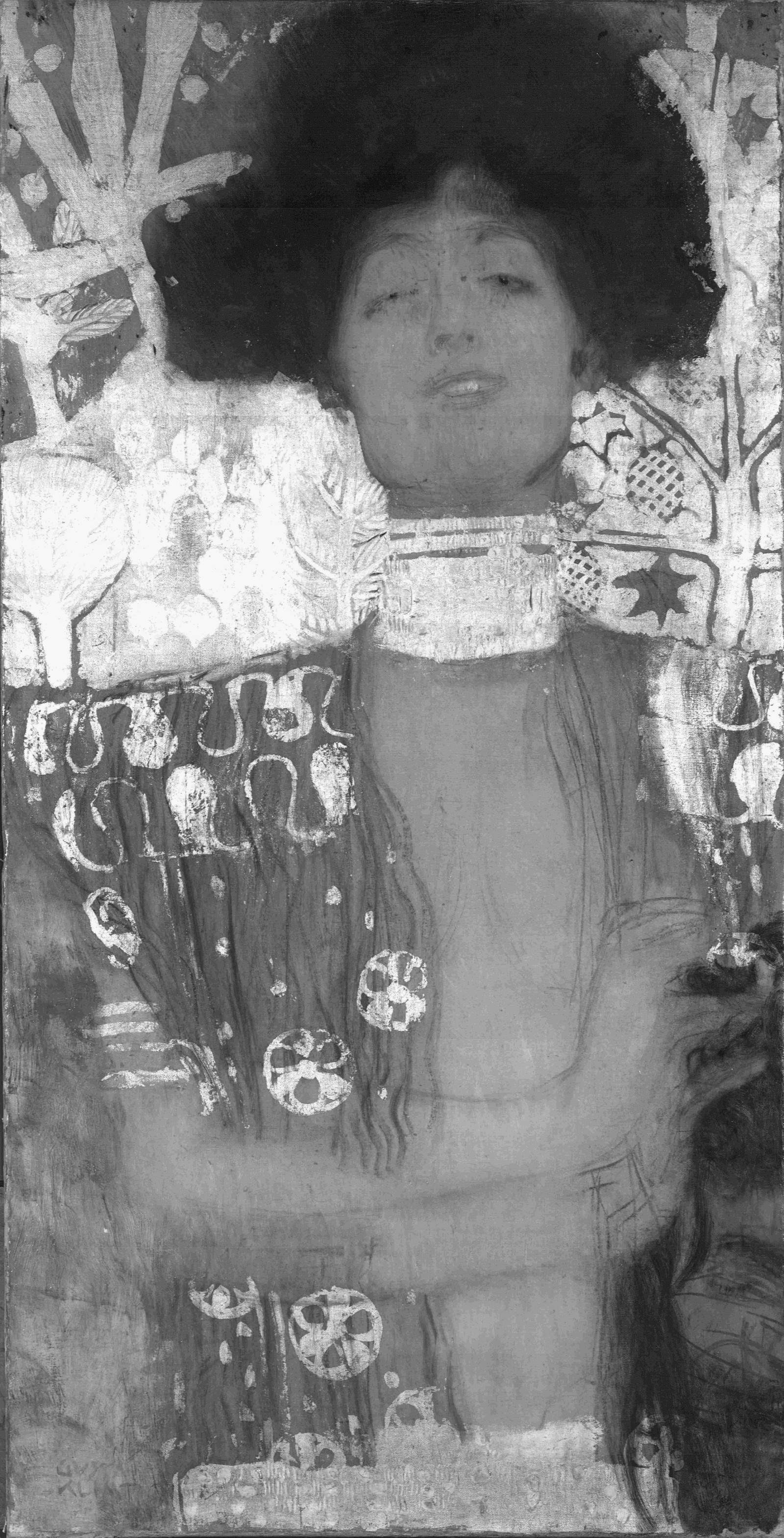
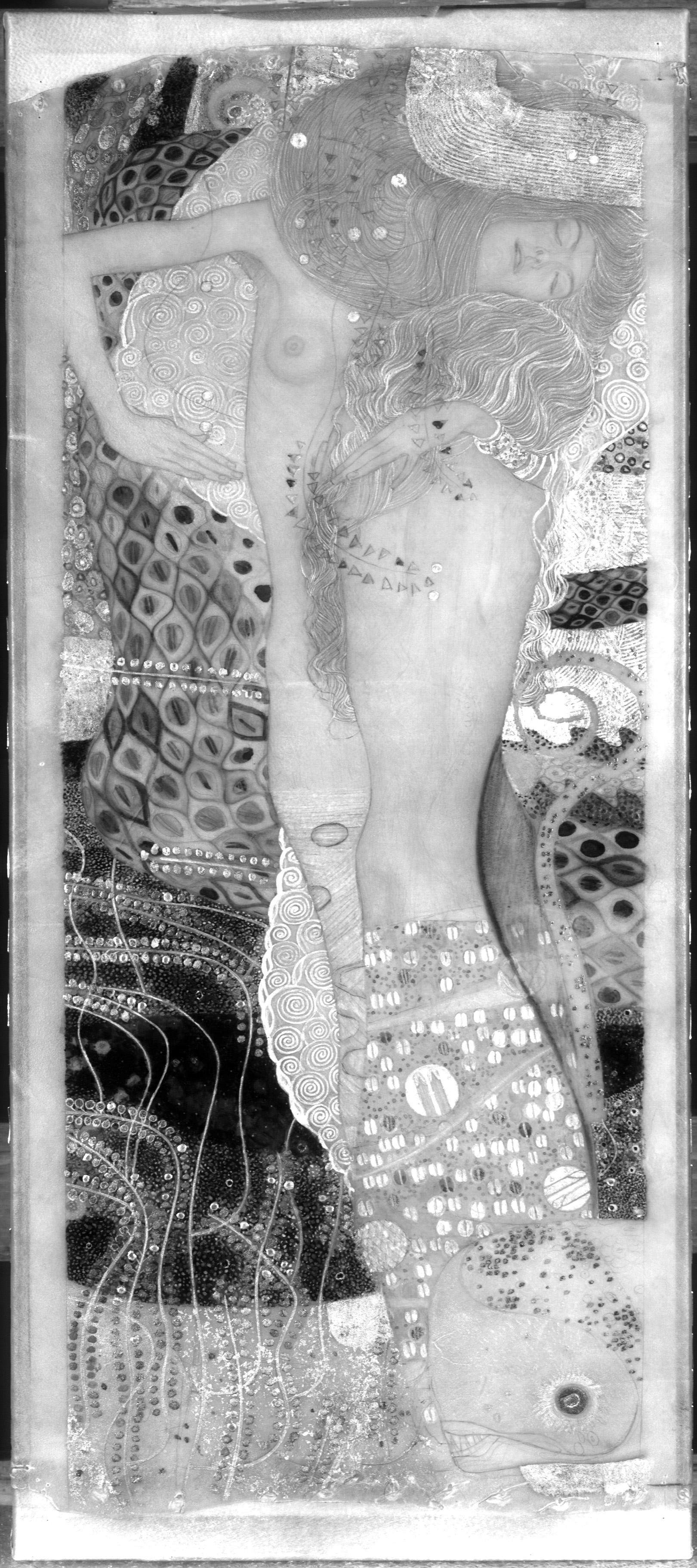
A further section of the exhibition is devoted to the hypothetical color reconstruction of the Faculty Paintings, monumental allegorical canvases commissioned from Klimt in 1894. Intended for the ceiling of the ballroom of the University of Vienna, these works with allegorical representations of Philosophy, Medicine and Law aroused controversy because of their bold and overly sensual character and pessimism toward science. The University rejected the canvases, prompting Klimt to return the fee and sell them to private collectors. Philosophy and Law were sold to collector August Lederer, but were seized in 1938 by the Nazis, while Medicine was purchased by the Belvedere Museum in 1919. Then in 1944 all three were taken to Immendorf Castle, where due to fire the following year they ended up destroyed. Their image was known only through black-and-white photographs. Thanks to a collaboration with Google Arts & Culture,artificial intelligence has made it possible to digitally reconstruct their original polychromy, restoring a new vision of these lost works.
For all info: https://www.belvedere.at/
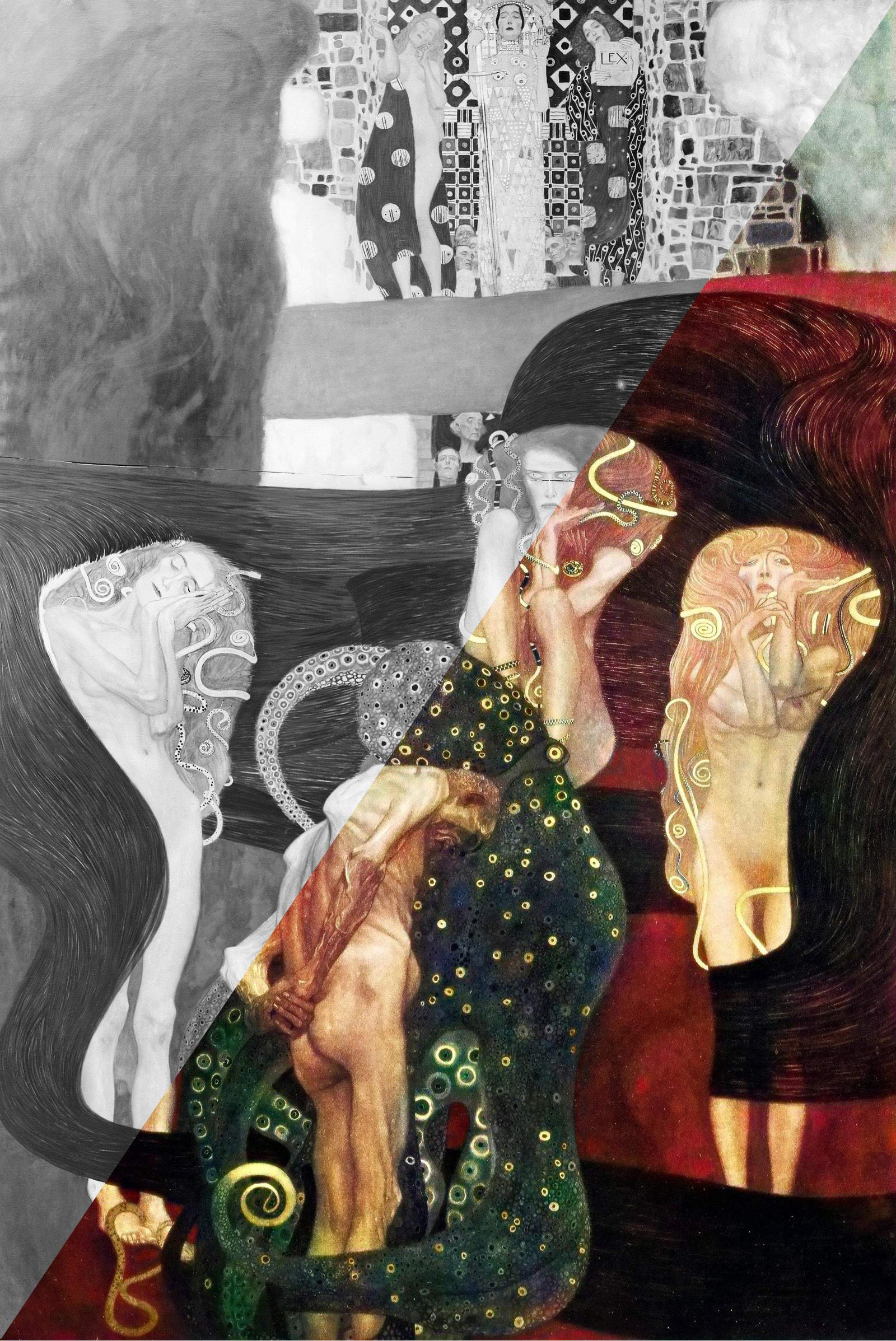
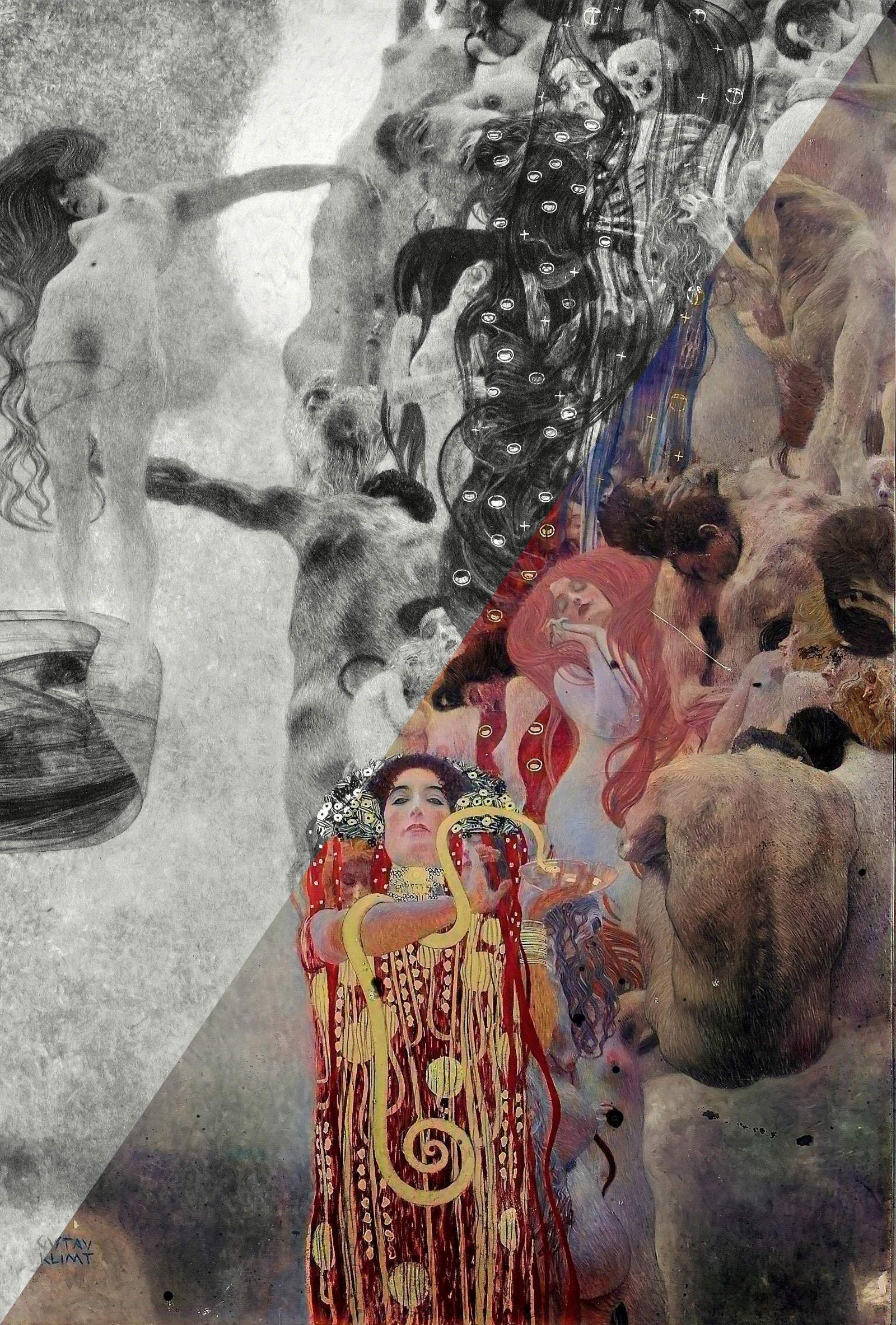
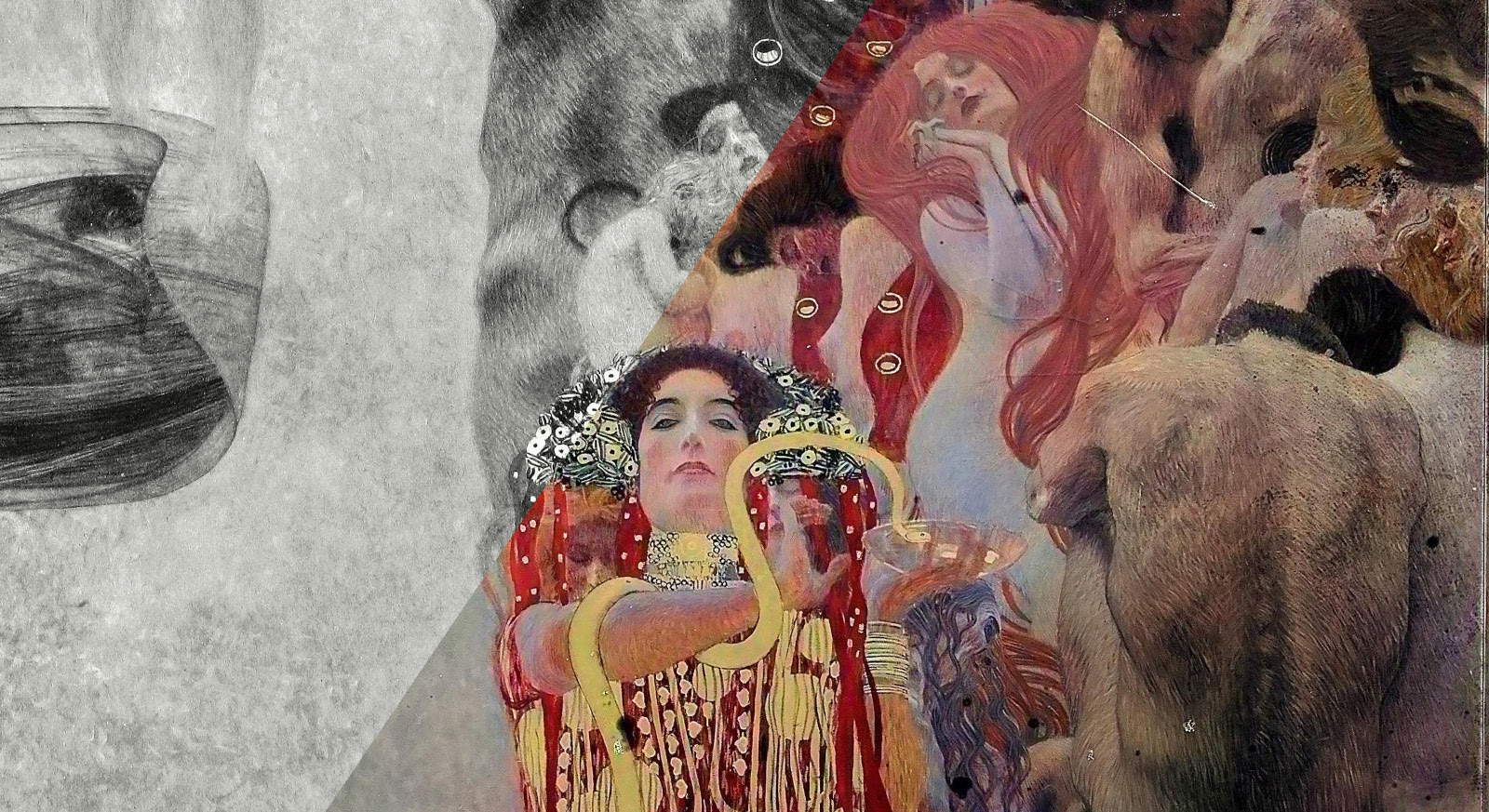 |
| Vienna, an exhibition at the Belvedere Museum presents new investigations into Klimt's creative process |
Warning: the translation into English of the original Italian article was created using automatic tools. We undertake to review all articles, but we do not guarantee the total absence of inaccuracies in the translation due to the program. You can find the original by clicking on the ITA button. If you find any mistake,please contact us.